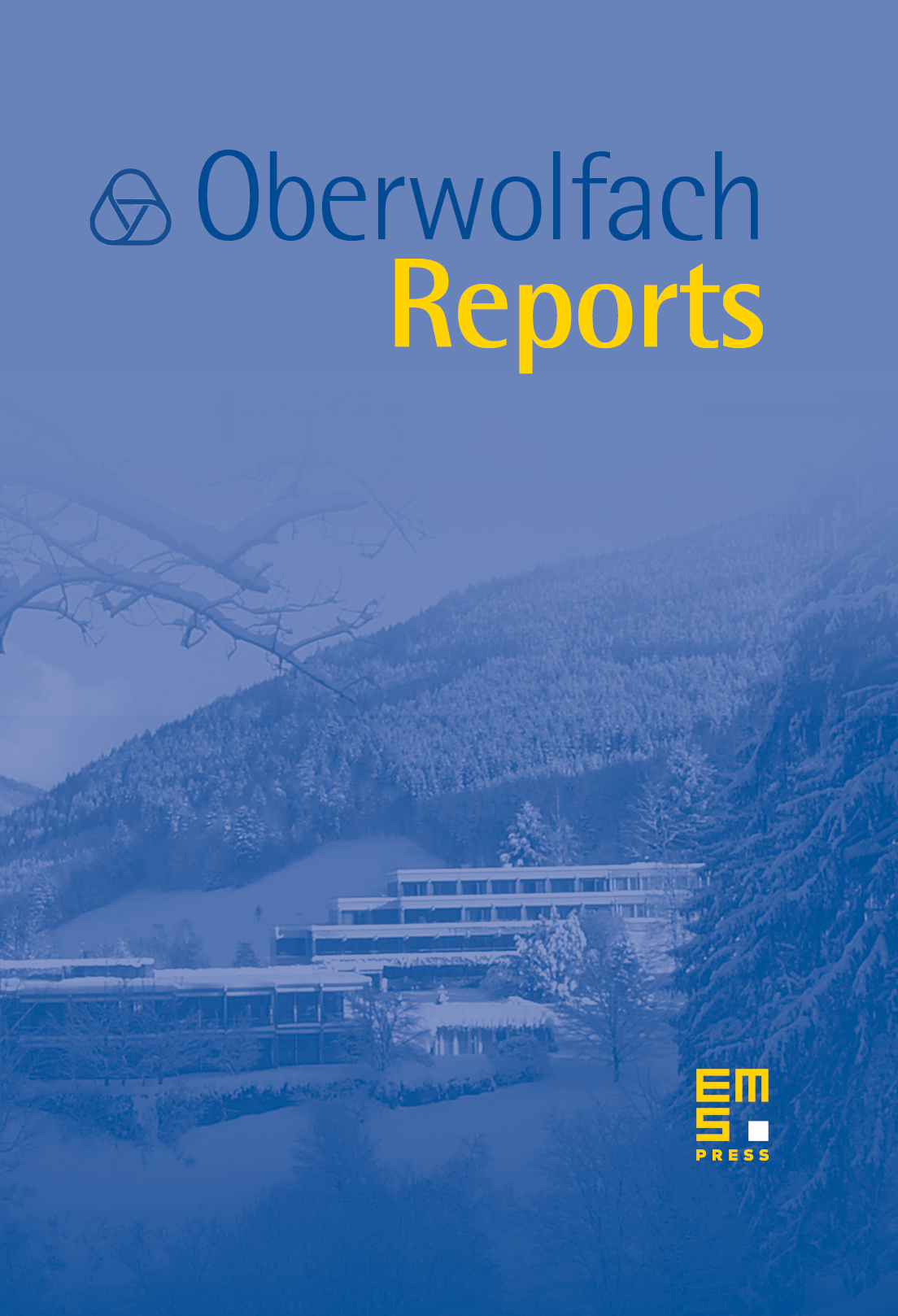Computational Geometric and Algebraic Topology
Benjamin Burton
The University of Queensland, Brisbane, AustraliaHerbert Edelsbrunner
Institute of Science and Technology Austria, Klosterneuburg, AustriaJeff Erickson
University of Illinois at Urbana-Champaign, USAStephan Tillmann
University of Sydney, Australia

Abstract
Computational topology is a young, emerging field of mathematics that seeks out practical algorithmic methods for solving complex and fundamental problems in geometry and topology. It draws on a wide variety of techniques from across pure mathematics (including topology, differential geometry, combinatorics, algebra, and discrete geometry), as well as applied mathematics and theoretical computer science. In turn, solutions to these problems have a wide-ranging impact: already they have enabled significant progress in the core area of geometric topology, introduced new methods in applied mathematics, and yielded new insights into the role that topology has to play in fundamental problems surrounding computational complexity.
At least three significant branches have emerged in computational topology: algorithmic 3-manifold and knot theory, persistent homology and surfaces and graph embeddings. These branches have emerged largely independently. However, it is clear that they have much to offer each other. The goal of this workshop was to be the first significant step to bring these three areas together, to share ideas in depth, and to pool our expertise in approaching some of the major open problems in the field.
Cite this article
Benjamin Burton, Herbert Edelsbrunner, Jeff Erickson, Stephan Tillmann, Computational Geometric and Algebraic Topology. Oberwolfach Rep. 12 (2015), no. 4, pp. 2637–2699
DOI 10.4171/OWR/2015/45